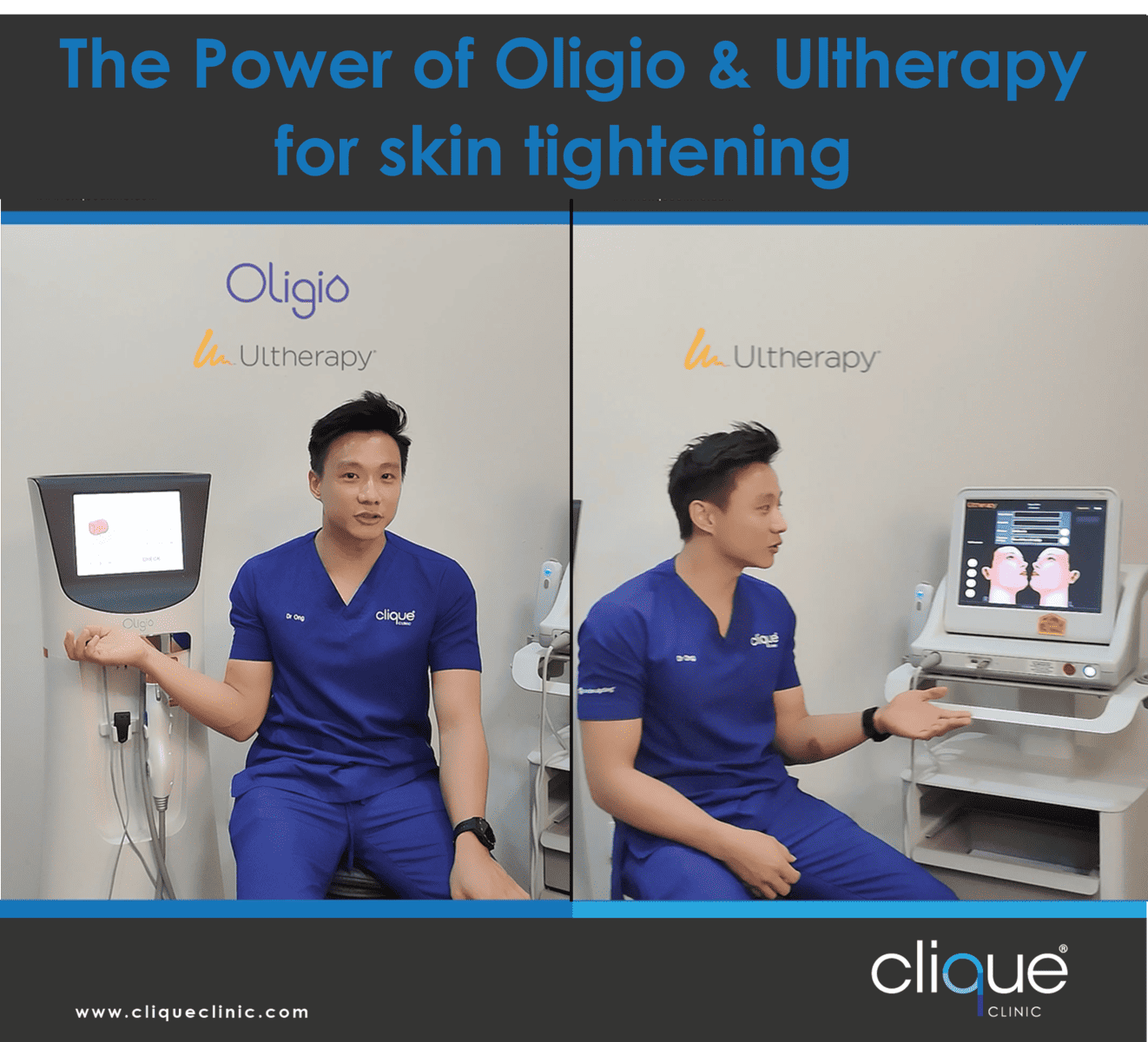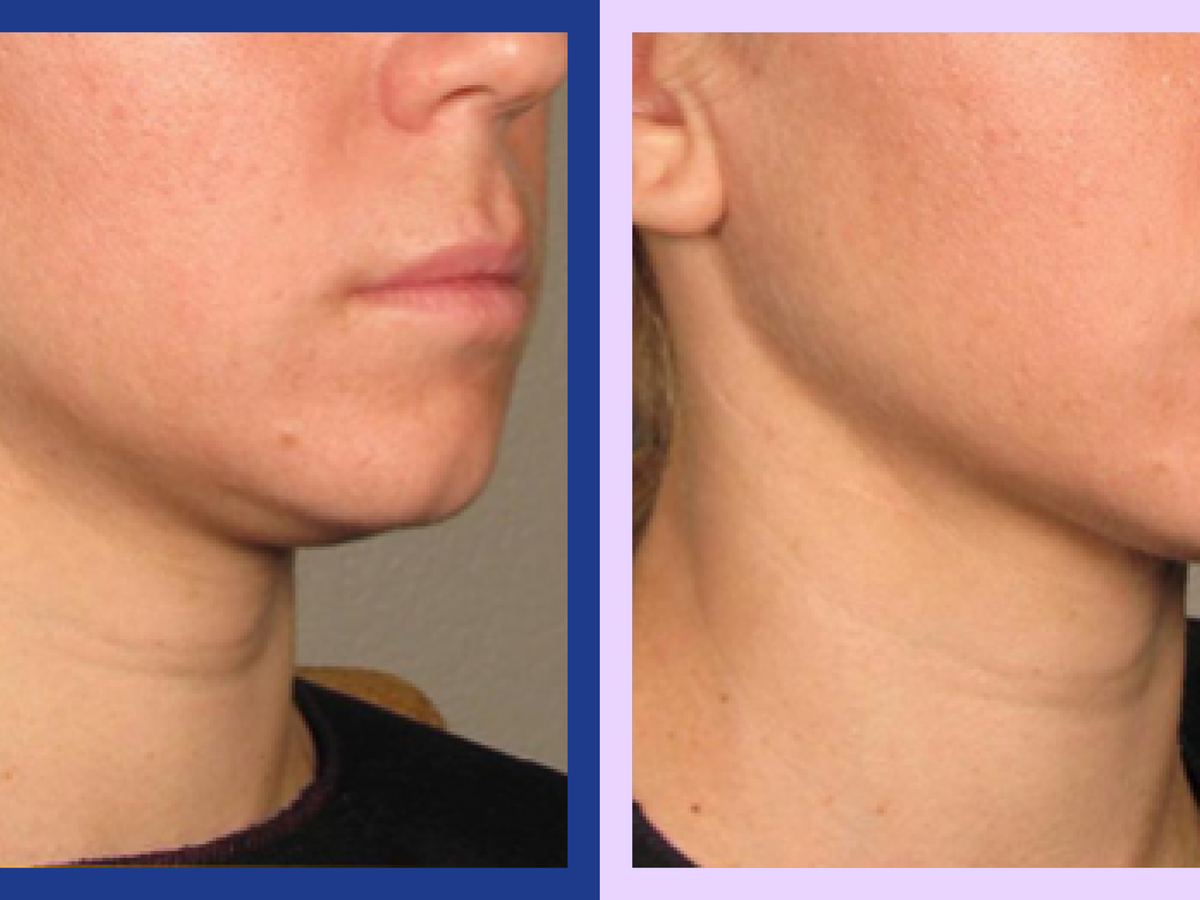Why Ultherapy May Be Medically Necessary: Exploring the Factors for a Non Surgical Lift
Ultherapy is obtaining interest as a feasible choice for individuals encountering skin laxity due to aging or details clinical conditions. This non-surgical treatment boosts collagen production, offering a remedy that stays clear of the recovery time connected with intrusive procedures. As individuals seek to boost not just their appearance yet also their total skin health and wellness, understanding the conditions that call for Ultherapy's use comes to be vital. What elements add to its medical need?
Understanding Ultherapy: What It Is and Just how It Works
Ultherapy, a non-invasive cosmetic treatment, uses ultrasound modern technology to promote collagen manufacturing and advertise skin tightening up. By delivering focused ultrasound power deep into the skin, it targets the fundamental layers generally resolved in surgical facelifts. This process urges the body's natural recovery response, leading to steady lifting and tightening up of the skin over time.

Therapy sessions commonly last between 30 to 90 minutes, relying on the dimension of the location being treated. While outcomes may not be instantly noticeable, optimal results generally appear within a couple of months as collagen remains to create. Ultherapy offers an engaging non-surgical option for people seeking skin restoration without the demand for intrusive procedures.
The Aging Process: Impacts on Skin Flexibility and Collagen
Aging undoubtedly brings changes that decrease skin flexibility and collagen manufacturing, bring about visible indications of sagging and creases. As people age, the skin's capacity to keep moisture reductions, causing a drier and less durable surface area. Collagen, a vital healthy protein in charge of skin structure, also reduces, creating the skin to lose its firmness and younger appearance. Aspects such as sun exposure, toxic wastes, and lifestyle options better accelerate this decline in skin quality.
This loss of elasticity and collagen creates a cascade of modifications, consisting of the development of jowls, deepening nasolabial folds, and a general sagging appearance. The skin's assistance system compromises, making it more prone to the effects of gravity. As a result, several people seek treatments like Ultherapy to combat these aging results, aiming to restore a much more youthful, taut appearance without the demand for intrusive surgeries.
Medical Conditions That May Benefit From Ultherapy
Ultherapy is significantly identified for its possible benefits in attending to numerous clinical problems. People experiencing skin laxity, those in post-surgical recovery, and people with persistent skin problems might discover this non-invasive therapy beneficial. By boosting collagen manufacturing, Ultherapy can improve skin suppleness and enhance overall appearance for these teams.
Skin Laxity Issues
Skin laxity can be a considerable problem for people experiencing different medical conditions that affect the honesty and flexibility of their skin. Problems such as Ehlers-Danlos syndrome, which disrupts collagen production, can result in early skin aging and drooping. In addition, people with autoimmune disorders may experience skin adjustments that add to laxity. Hormonal variations, specifically throughout menopause, also contribute in decreasing skin firmness. Ultherapy, using ultrasound innovation, targets the much deeper layers of skin, promoting collagen production and tightening up the influenced areas. This non-invasive treatment may use a practical remedy for those looking for to resolve skin laxity resulting from these clinical problems, enhancing both appearance and self-confidence without the demand for medical intervention.
Post-Surgical Recovery Help
Post-surgical healing can commonly present obstacles, specifically for individuals experiencing skin laxity due to surgical interventions. Ultherapy functions as a potential aid in this situation, making use of ultrasound innovation to promote collagen manufacturing and improve skin tightness without invasive treatments. People that have gone through surgical procedures such as facelifts, liposuction, or other body contouring treatments might discover that Ultherapy improves their recuperation by attending to uneven texture and laxity that can happen post-operation. This non-surgical strategy can result in improved visual results, possibly minimizing the requirement for extra surgical interventions. It might aid minimize pain connected with the healing process, offering individuals a more all-encompassing recovery experience. Consequently, Ultherapy can be a valuable alternative in post-surgical treatment.
Chronic Skin Disease
For people experiencing persistent skin conditions such as acne scars, rosacea, or laxity as a result of aging, non-invasive therapies may offer considerable relief and enhancement. Ultherapy has actually become a promising option, making use of ultrasound click now innovation to boost collagen production deep within the skin. This process can enhance skin structure and flexibility, addressing problems like irregular skin tone and sagging. In certain, those with rosacea might experience reduced redness and swelling, while individuals with acne scars can take advantage of improved skin level of smoothness and total look. Significantly, Ultherapy supplies a non-surgical choice that decreases healing time and risks linked with invasive treatments, making it an enticing choice for individuals looking for effective management of persistent skin disease.
Psychological Effect of Drooping Skin and Visual Issues
The emotional toll of aging usually shows up in the type of sagging skin, which can significantly affect a person's self-esteem and general mental health. Many people associate youthful appearances with power and good looks, causing feelings of inadequacy when confronted with noticeable indicators of aging. This regarded decrease in appeal can result in social anxiousness, withdrawal from social interactions, and a raised preoccupation with one's look.
People might feel compelled to look for visual therapies to combat these issues, as the desire to preserve a vibrant appearance can become linked with personal identity. The psychological results of drooping skin might also result in clinical depression or a lessened top quality of life. Non-surgical options like Ultherapy emerge as prospective solutions, intending not just to invigorate the skin however additionally to restore confidence and a positive self-image, eventually dealing with the much deeper emotional ramifications of aging.
Comparing Ultherapy to Conventional Surgical Options
When comparing Ultherapy to typical medical choices, significant differences arise in both cost-effectiveness and recuperation time. Ultherapy deals a non-invasive approach that usually causes lower expenses and minimal downtime for individuals. In contrast, surgical lifts usually require even more financial investment and a prolonged healing duration.
Cost-Effectiveness of Ultherapy

Standard surgical lifts frequently come with considerable upfront costs and expanded recuperation times, Ultherapy provides a compelling choice that can provide similar outcomes at a portion of the cost. The average price of a surgical renovation can range from $7,000 to $15,000, while Ultherapy therapies commonly drop between $2,000 and $4,500, relying on the location treated and service provider proficiency. In addition, the absence of substantial pre-operative evaluations and post-operative treatment connected with Ultherapy even more adds to its cost-effectiveness. This strategy not just minimizes economic strain yet likewise permits individuals to buy other facets of their wellness and well-being. This way, Ultherapy becomes a monetarily feasible alternative for those seeking face rejuvenation without the worries of traditional surgical procedure.
Recovery Time Comparison
Recuperation time is a significant aspect in index the decision-making process for those thinking about cosmetic treatments. Ultherapy stands out as a non-surgical choice that generally needs marginal downtime. Many individuals can go back to their daily activities practically quickly, experiencing only mild inflammation or swelling that generally deals with within a few hours. In comparison, typical medical options, such as facelifts, frequently require a prolonged recuperation duration. Patients may face several weeks of swelling, bruising, and restricted activity, with some returning to normal routines taking up to three months. This stark difference have a peek at this website in recovery time makes Ultherapy an attractive option for individuals seeking effective results without the extensive aftercare associated with surgery, allowing for a smoother adjustment back to everyday life.
The Long-Term Benefits of Non-Invasive Treatments for Skin Health
As people significantly look for options to surgeries, the long-term benefits of non-invasive therapies for skin wellness come to be extra evident. Treatments such as Ultherapy, chemical peels, and laser therapy deal substantial advantages without the need for extensive recovery times connected with surgical procedure. Ultherapy Malaysia. Over time, these non-invasive alternatives can promote collagen production, bring about firmer skin and an extra younger appearance
In addition, routine non-invasive therapies can enhance skin appearance, tone, and elasticity, boosting overall skin health and wellness. People often experience less difficulties and adverse effects, making these treatments a lot more attractive.
Furthermore, the collective impacts of regular treatments can maintain and prolong visual improvements, enabling people to preserve their wanted look with very little downtime. By prioritizing non-invasive techniques, people can achieve long lasting outcomes while prioritizing their wellness and health. Ultimately, the long-term advantages of such strategies highlight their expanding appeal in modern skincare.
Frequently Asked Concerns

The length of time Does an Ultherapy Session Commonly Take?
An Ultherapy session usually lasts in between 30 to 90 minutes, relying on the treatment area. Variables such as the individual's details demands and the degree of the treatment can affect the overall period.

Exist Any Adverse Effects Connected With Ultherapy?
Ultherapy can cause side impacts such as temporary soreness, swelling, or tenderness in the cured area - Density RF Malaysia. While the majority of individuals experience marginal discomfort, it is critical to seek advice from an expert for personalized recommendations and potential reactions
Just How Soon Can I See Outcomes After Therapy?
Arise from Ultherapy commonly begin to show up within 2 to 3 months post-treatment. The complete effects may proceed to develop over six months as collagen production rises, leading to obvious training and tightening of the skin.
Is Ultherapy Suitable for All Skin Types?
Ultherapy is normally appropriate for various skin kinds, consisting of lighter and darker tones. However, individual skin conditions and worries might affect its effectiveness, making examinations with a certified specialist important for tailored referrals.
How Typically Should Ultherapy Treatments Be Duplicated?
Ultherapy treatments are normally advised every 6 to twelve month, relying on specific skin problem and wanted outcomes. Routine evaluations by a qualified specialist can assist identify the very best frequency for upkeep and performance.